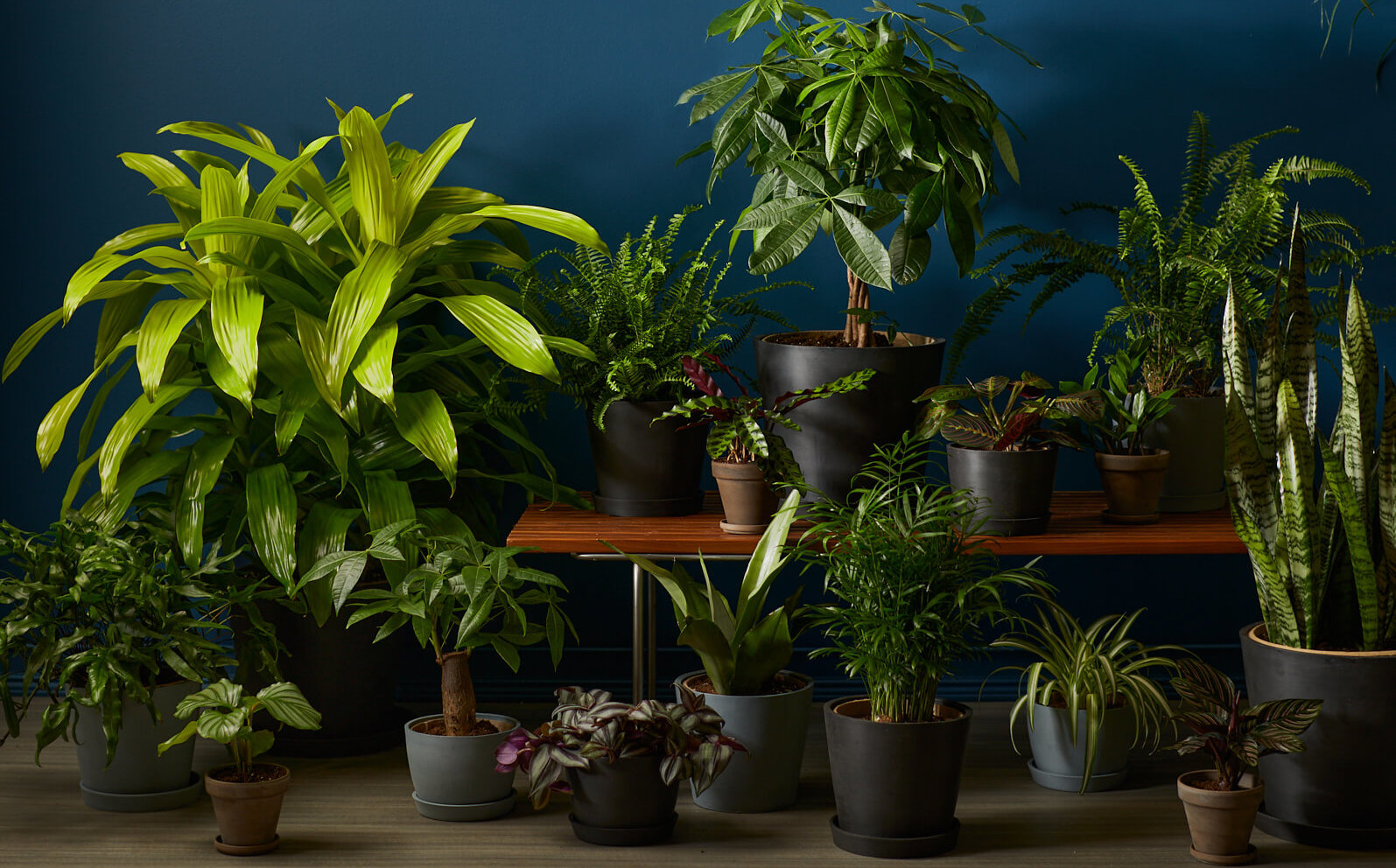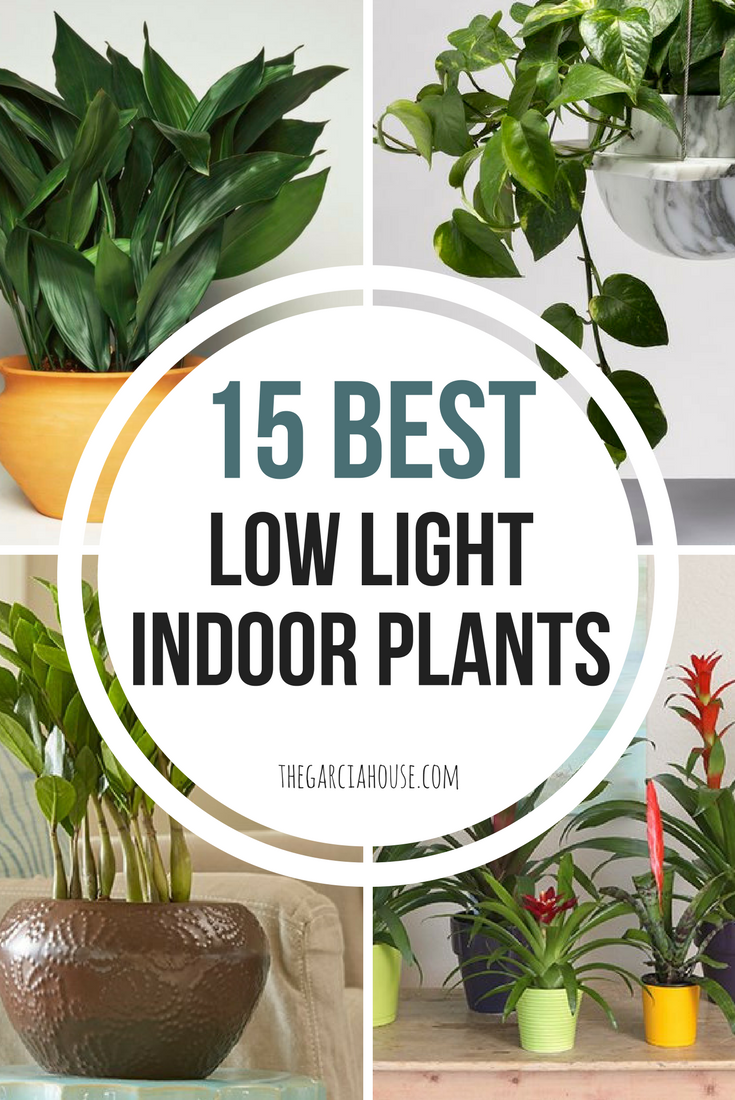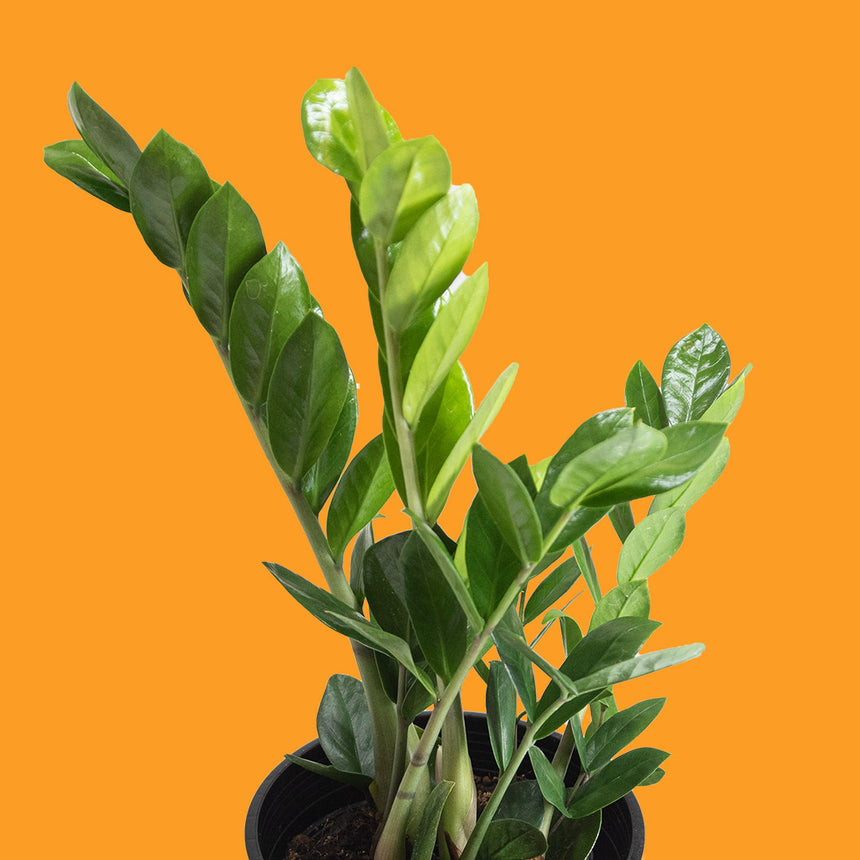Low Maintenance and Beautiful: Best Low-Light Indoor Plants for Your Home
Low Maintenance and Beautiful: Best Low-Light Indoor Plants for Your Home
Blog Article
Uncover the Tricks of Low-Light Indoor Plants and Exactly How They Improve Your Environment
Low-light indoor plants have actually amassed enhancing interest for their one-of-a-kind capability to enhance both visual appeal and environmental quality within homes and work environments. These durable species, including the Snake Plant and Tranquility Lily, not only flourish in difficult illumination problems but also play a critical duty in air purification and psychological health. Understanding the details advantages and care needs of these plants can significantly impact your space. As we check out the details of their advantages, you might discover insights that might transform your environments in unexpected ways.
Benefits of Low-Light Indoor Plants
Although many individuals assume that indoor plants require bountiful sunlight to grow, low-light indoor plants offer a wide variety of advantages that make them excellent for various environments. One of the main benefits is their flexibility; they can thrive in areas with minimal all-natural light, such as offices, cellars, or rooms with small windows. This feature allows people to improve their environments with greenery, adding to boosted appearances without the requirement for considerable lighting alterations.
Furthermore, low-light indoor plants can significantly enhance indoor air quality by launching and filtering hazardous toxic substances oxygen, making living rooms healthier. The existence of plants has been connected to better sensations of tranquility and emphasis.
In addition, low-light plants frequently require less upkeep than their sun-loving counterparts, making them optimal for busy people or those new to horticulture. Their resilience enables them to love very little treatment, hence giving a satisfying experience for plant lovers and newbies alike. In summary, low-light indoor plants offer both practical and visual purposes, making them useful additions to any room.
Top Low-Light Plant Ranges
Low-light indoor plants come in a variety of types, each offering unique attributes and benefits fit for dim settings. Amongst the most prominent varieties is the Serpent Plant (Sansevieria), known for its air-purifying capabilities and building leaves. This durable plant flourishes on disregard and can tolerate a large range of light conditions.
Another exceptional selection is the ZZ Plant (Zamioculcas zamiifolia), which features shiny, dark green leaves and is very drought-tolerant. Its adaptability makes it a favored for workplaces and homes with minimal sunlight.
The Pothos (Epipremnum aureum) is also a top challenger, with its routing creeping plants and heart-shaped fallen leaves - Best low-light indoor plants. This versatile plant can be educated to climb up or waterfall, adding visual passion to any type of area

Care Tips for Low-Light Plants
Caring for low-light indoor plants calls for a nuanced understanding of their specific demands to guarantee optimum development and vitality. It is crucial to select the ideal potting mix, as a well-draining dirt is critical to avoid root rot. A blend created for houseplants, commonly having peat moss and perlite, functions well for the majority of low-light selections.
Watering is one more vital element of care. Low-light plants typically require much less constant watering contrasted to their sun-loving equivalents.
Fertilizing must be come close to with care. During the growing season, a diluted liquid plant food can be applied monthly, yet in wintertime months, numerous low-light plants go into inactivity and need little to no fertilization.
Lastly, it is very important to periodically cleanse the fallen leaves to eliminate dust, enabling for better light absorption. By adhering to these treatment tips, you can cultivate a flourishing important source environment for your low-light interior plants, boosting both their appearance and long life.
Enhancing Air High Quality With Plants
Interior plants play a considerable duty in boosting air high quality within homes and office. With the process of photosynthesis, these plants take in co2 and launch oxygen, adding to a much healthier ambience. Additionally, particular low-light interior plants have the capacity to filter dangerous contaminants, such as trichloroethylene, formaldehyde, and benzene, which are typically found in indoor atmospheres.

In addition, the presence of indoor plants can increase moisture levels, which aids minimize completely dry skin and respiratory system problems, further improving overall well-being. This ability to improve air quality not just promotes physical wellness but also supports psychological wellness.
Incorporating low-light indoor plants into your living and working areas can cause an extra invigorating and vibrant setting (Best low-light indoor plants). Purchasing these natural air purifiers is an easy yet effective technique for boosting indoor air high quality and promoting a much healthier lifestyle
Creating a Tranquil Indoor Room
The assimilation of plants right into living spaces not only improves air high quality yet also adds to a relaxing ambience. Low-light indoor plants, such as snake plants and pothos, are specifically effective in creating a tranquil setting, as they flourish in conditions that may or else be inhospitable for other plant. Their rich vegetation gives a calming aesthetic, lowering tension and promoting leisure.
Including these plants into your office or home can evoke a sense of tranquility and well-being. Purposefully putting them in areas where you spend significant time, such as living work areas or rooms, enables an immersive experience with nature, which has actually been shown to enhance state of mind and cognitive feature.
In addition, the gentle activity of leaves in action to air movement can produce a vibrant visual component that boosts the total ambiance. Take into consideration using a variety of plant heights and textures to add deepness and interest to your room. With thoughtful positioning and treatment, low-light interior plants can change any type of location right into a calm refuge, promoting not only aesthetic fulfillment but additionally psychological and psychological wellness.

Verdict
Integrating low-light indoor plants right into numerous atmospheres yields significant advantages, including enhanced air top quality and boosted aesthetic allure. These durable types not only grow in minimal Click Here light however also add to a relaxing atmosphere, promoting psychological and emotional wellness. By picking suitable ranges and implementing appropriate treatment methods, people can successfully cultivate a serene interior room that promotes well-being and productivity. The transformative power of low-light plants emphasizes their value in boosting both residential and work additional resources setups.
Although many people assume that interior plants require plentiful sunshine to thrive, low-light interior plants offer a multitude of advantages that make them optimal for different environments.Moreover, low-light indoor plants can dramatically improve interior air top quality by filtering system unsafe contaminants and launching oxygen, making living areas healthier. In addition, particular low-light indoor plants possess the capability to filter damaging toxins, such as benzene, trichloroethylene, and formaldehyde, which are commonly found in indoor environments.
Low-light indoor plants, such as serpent plants and pothos, are especially effective in producing a calm setting, as they grow in problems that may otherwise be inhospitable for other plant.Incorporating low-light interior plants into various environments returns substantial advantages, consisting of enhanced air top quality and enhanced visual allure.
Report this page